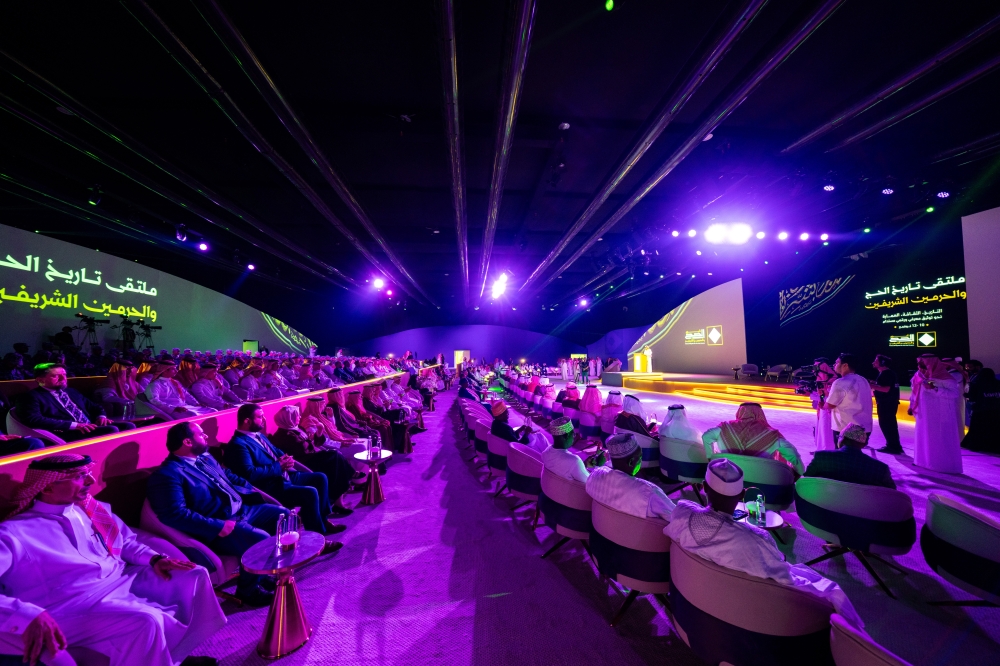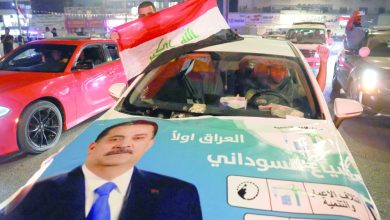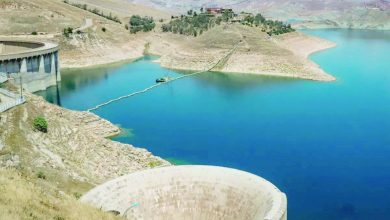Forum highlights over a century of Hajj history

Researchers and specialists attending the “History of Haj and the Two Holy Mosques” Forum, organised by King Abdulaziz Foundation (Darah) in cooperation with the Ministry of Haj and Umrah and the Guests of the Most Gracious Programme, discussed the historical evolution of Haj rituals and digital transformation in pilgrim documentation and guidance within the activities of the first day of the Fifth Haj Conference and Exhibition in Jeddah.
Oman is participating in the conference and has signed an MoU with the Kingdom of Saudi Arabia about the preparations for Hajj 2026 on Monday.
Speaking to the Observer, representatives of the Oman delegation said that the forum is part of the accompanying programme of the fifth edition of the Haj Conference and Exhibition, held at the Jeddah Superdome over three days, serving as a scientific and cultural platform that highlights the historical depth of Haj rituals and reinforces the Kingdom of Saudi Arabia’s civilizational image, in line with the objectives of Saudi Vision 2030 in the fields of culture and tourism.
The forum opened with a keynote address by Shaikh Dr Mohammed bin Abdulkarim al Issa, Secretary-General of the Muslim World League and member of the project’s Higher Supervisory Committee. He highlighted the importance of documenting the cultural and religious history of Hajj and the Two Holy Mosques and underscored the Kingdom’s role in developing services for the Guests of the Most Gracious over the centuries.
The first day featured a discussion session titled “The Cultural Landscape in Makkah and Madinah,” with the participation of Shaikh Professor Dr Saleh bin Abdullah bin Humaid, member of the Council of Senior Scholars and Advisor to the Royal Court. Speakers discussed the historical heritage of Hajj and the evolution of services at the Two Holy Mosques across different periods, in addition to the Kingdom’s efforts to improve the experience of the Guests of the Most Gracious through innovation and digital transformation.
Upcoming sessions will address crowd management, transportation, and healthcare across different historical stages, shedding light on the evolution of Hajj organisation over time, the challenges the Kingdom faced in providing comprehensive services to pilgrims, and how past experiences contributed to improving infrastructure and logistical services. The sessions will also explore digital transformation and the use of AI in documentation and guidance, supporting the development of innovative systems for crowd monitoring and more efficient management of the pilgrims’ experience.
The forum will further examine the depiction of Hajj in travel literature and historical records, analyzing its impact on understanding the evolution of rituals and services for pilgrims over the centuries. Leading experts and researchers in history, service technology, and modern administration will provide scientific and practical insights that highlight the integration of historical heritage with modern technologies to enhance the experience of the Guests of the Most Gracious.
The forum provides visitors with the opportunity to engage directly with the accompanying exhibition, which presents a unique collection of rare documents, manuscripts, original historical photographs, and archaeological artifacts that have witnessed the pilgrimage journey over time. Through digital technologies and interactive displays, visitors can explore the holy sites and experience the development of services provided to pilgrims and Umrah performers in innovative ways.
The exhibition reflects the Kingdom’s extensive efforts to preserve the historical heritage of Haj and the Two Holy Mosques, highlights Saudi Arabia’s position as a global cultural and civilizational hub, and underscores its commitment to providing an educational and enriching experience for citizens and visitors from around the world.
The accompanying exhibition, which opened on November 9, continues to offer an interactive experience covering more than a century of Haj history, through rare documents, original photographs, manuscripts, and archaeological artifacts, alongside innovative digital displays that allow visitors to explore the holy sites in new ways.


